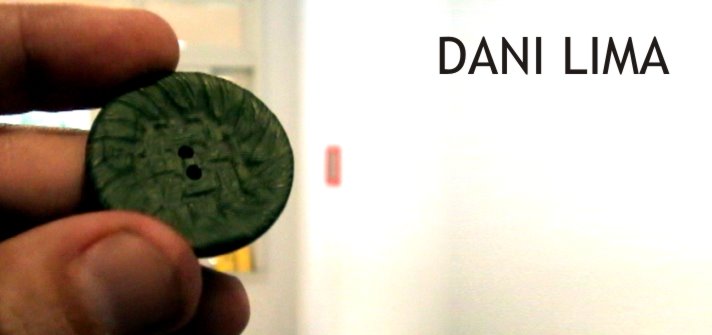A trilogy composed of three autonomous but interconnected works: the solo performance Strategy No. 1: in between; the group performance Instruction Manual and the installation I is someone else. Real life in 3 chapters explores the possible connections between life and the stage and shares in the collection of significant questions posed by Dani Lima's work, such as the development of a “body’s everyday life poetics” and the cultivation of strategies for a possible “utopia of proximity”.Chapter 3: I is someone else
An installation that recreates the performance “Strategy No. 1: in between” through the traces and vestiges - polaroids, audio, objects - left behind by the participants, and collected since the first exhibition of this performance, in Rio de Janeiro, November 2004. An experience recreated through the vestiges left by those who have lived it. An attempt to bring permanency to what is, by nature, ephemeral. Time, small memories that build us daily, everyday life poetics.
Chapter 2: Instructions Manual Public and private spheres intersect through the use of games, rules and instructions taken from the memories of the participants. A recollection of the references that have established us as individuals, as dancers, as Brazilians. The notion of identity - of a body, a dance, a group, a nation - as a construction marked by the view of the “Other”. The “neo-colonialism”, the “Brazilian body”.
Chapter 1: Strategy nº 1: in between
A meeting between two people, a spectator and a performer, whose roles are defined a priori, but whose experiences are managed in the singularity of the moment. Intimacy as a sensitive experience, memory and the perception of the present, reality versus fiction, identity versus Otherness. Individual sessions of about 50 minutes.




















